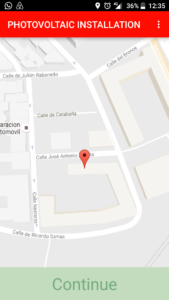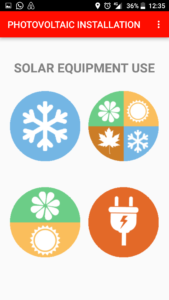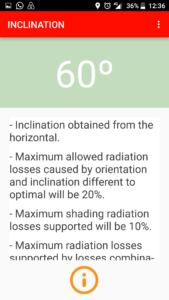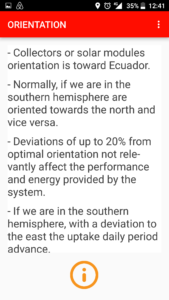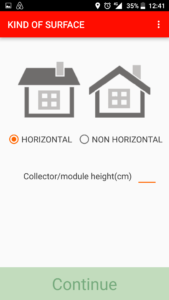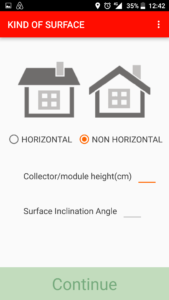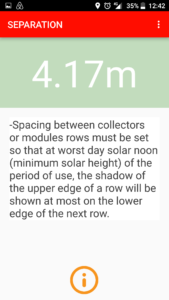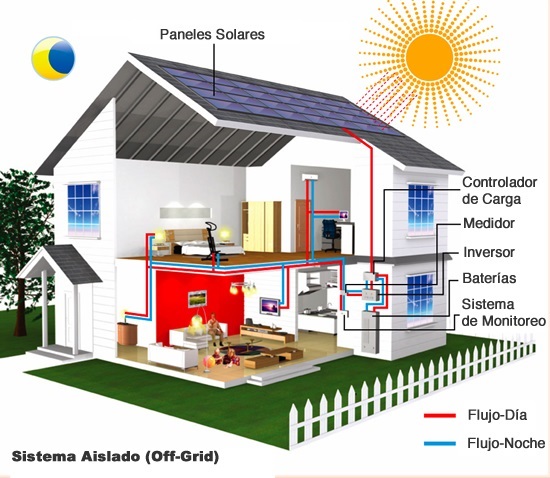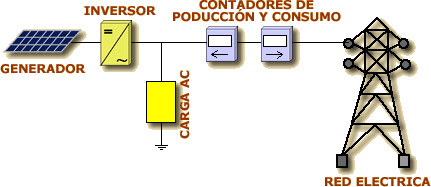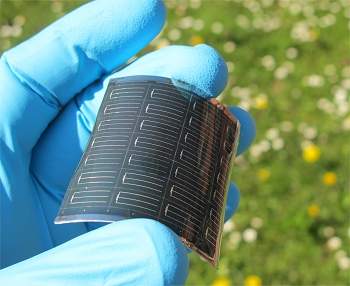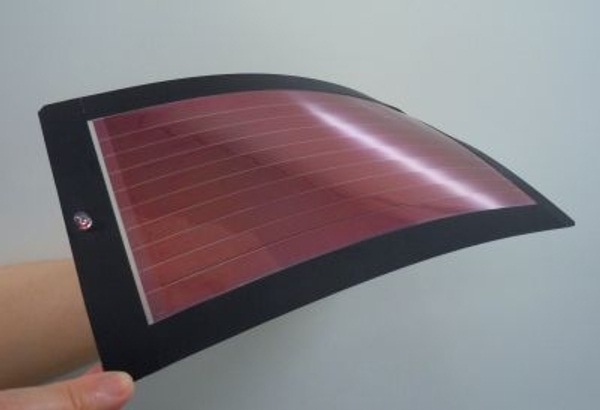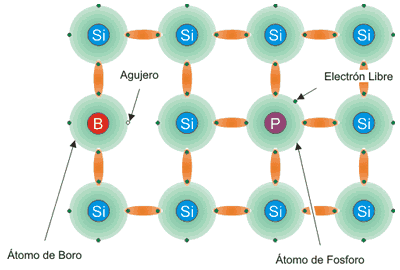Since late 90s, the Guatemalan government has promoted investments in electrification through the Rural Electrification Plan (PER).
The arrival of photovoltaic systems in rural areas is turning community’s development as well as in private homes.
Also in industry and services sector, whose energy saving makes them more competitive and in agricultural activity in which applications such as photovoltaic irrigation pumps are being used.
Although these initiatives have numerous support from non-profit institutions and organizations, the initial cost of equipment acquiring remains a barrier.
The Inter-American Development Bank (IDB) approved in 2015 a $ 55 million loan to help Guatemala improve and expand national electricity service coverage.
The executing agency is the National Institute of Electrification (INDE).
In 2015, the largest solar power plant in Central America and the Caribbean with 50 MW of installed capacity begin to operate.
In its second phase it reached 85 MW, approaching the 2 largest projects in Latin America located in Chile and Honduras (100 MW each).

The 50 MW Horus I plant is located in Santa Rosa area, near Chiquimulilla village, is equipped with an east-west axis tracker and occupies a 175 hectares plot.
30 Guatemalan companies participated in its construction and its production represents approximately 1.25% of the energy produced annually in the country.
The second phase, Horus II, contributes with 35 MW more.
New distributors supply contracts (to 15 years), that began the May 1st of 2015 and suppose the substitution of fossil technologies by hydroelectric, solar and wind; have led to a tariffs drop.
In November 2016, the National Electric Energy Commission (CNEE) published information about energy matrix composition with 66.8% of renewable generation and 33.2% with non-renewable resources.
37% is hydroelectric generation, 21.6% coal and 24.2% biomass. The rest is solar, geothermal, wind, natural gas, biogas, diesel and bunker; according to information published by the CNEE.
Electric coverage reaches 90% of population and there is a surplus of 1000 MW in electrical energy generation that is exported to Central America. This translates into $ 100 million annual revenues.
According to Electric Subsector in Guatemala report published by the Ministry of Energy and Mines (MEM), up to June 2016 there are installed 3 photovoltaic plants connected to the national system with a power of around 85 MW.
In 2015 the contribution of solar power plants was 149.6 GWh, including the operation of Sibo in the municipality of Estanzuela, Zacapa, and Horus I and II in Chiquimulilla, Santa Rosa.

In the future agenda of electricity sector authorities there are at least 6 solar generation projects:
* La Avellana, Taxisco El Jobo (between 1 and 1.5 MW) and Medax Solar (1.7 MW); which will be located in Taxisco municipality, Santa Rosa
* Buena Vista (between 1 and 1.5 MW) and Solaris I (2.5 MW); which will operate in Jutiapa.
All you need is Sun. All you need is Sopelia.


